


Staphylococcosis, Staphylococcal Arthritis, Bumble Foot
Introduction
Caused by Staphylococcus bacteria, mainly S. aureus and seen in chickens and turkeys worldwide. Morbidity is usually low and mortality 0-15% though affected birds will often be culled on humane grounds. Infection is usually by the respiratory route with an incubation period of 2-3 days seen after artificial infection. Wounds, either accidental or induced by interventions such as beak trimming, and toe trimming may be a portal of entry with subsequent spread via the bloodstream to the typical sites of lesions. Damaged skin due to nutritional deficiencies (such as of biotin) may also be a point of entry.
Transmission occurs in the hatchery and in the general farm environment, and by fomites. Predisposing factors include reovirus infection, chronic stress, trauma, and imunosuppression.
Signs
- Ruffled feathers.
- Lameness.
- Low mobility.
- Swollen above the hock and around the hocks and feet.
- Some sudden deaths from acute septicaemia if very heavy challenge.
Post-mortem lesions
- Tenosynovitis, most commonly in the plantar area of the foot or just above the hock joint. This may progress to abscess formation in these areas.
- Infected joints may have clear exudate with fibrin clots.
Diagnosis
Lesions, isolation and identification of pathogen. Differentiate from septicaemia or tenosynovitis due to Colibacillosis, Salmonella spp., Mycoplasma spp., especially M. synoviae.
Treatment
Antibiotics, in accordance with sensitivity.
Prevention
Good hygiene in the nest, the hatchery and in any intervention or surgery (processing, e.g. toe clipping). Possibly vaccination against reovirus infection, particularly of parent birds. Good management, low stress and prevention of immunosuppression from any cause will all tend to help. Competitive exclusion with a non-pathogenic Staphylococcus has been shown to be effective (no commercial products yet available based on this technology). Recovered birds may have some immunity but vaccination with staphylococci has not been found to be helpful in preventing the disease to date.







